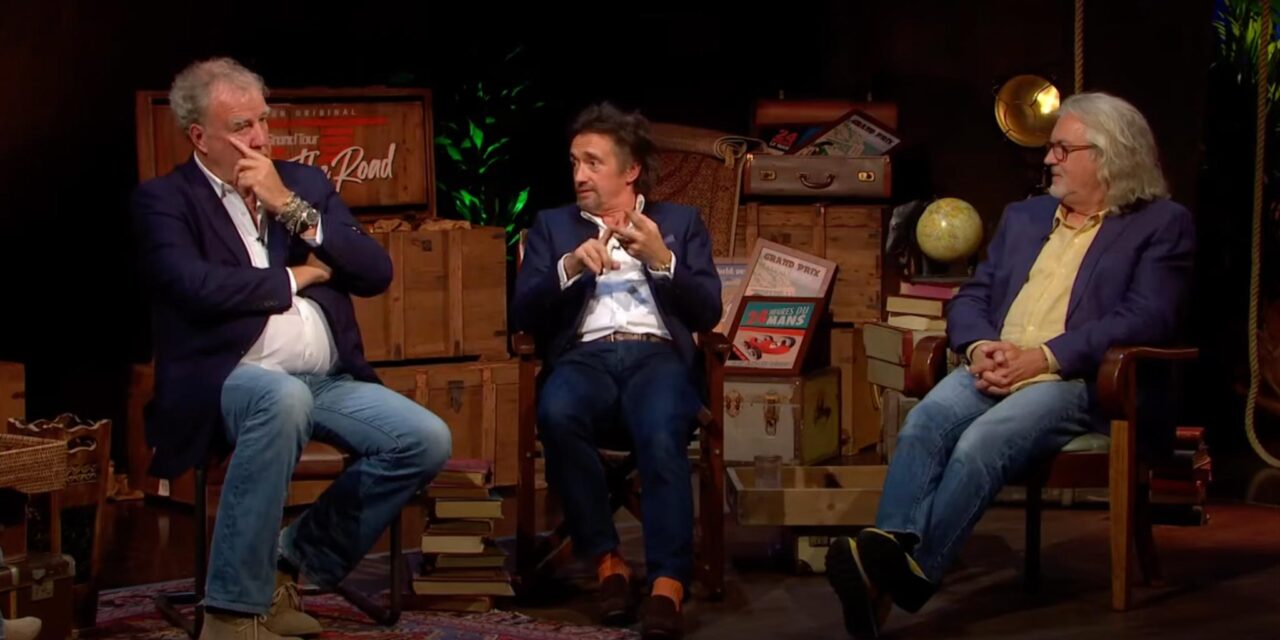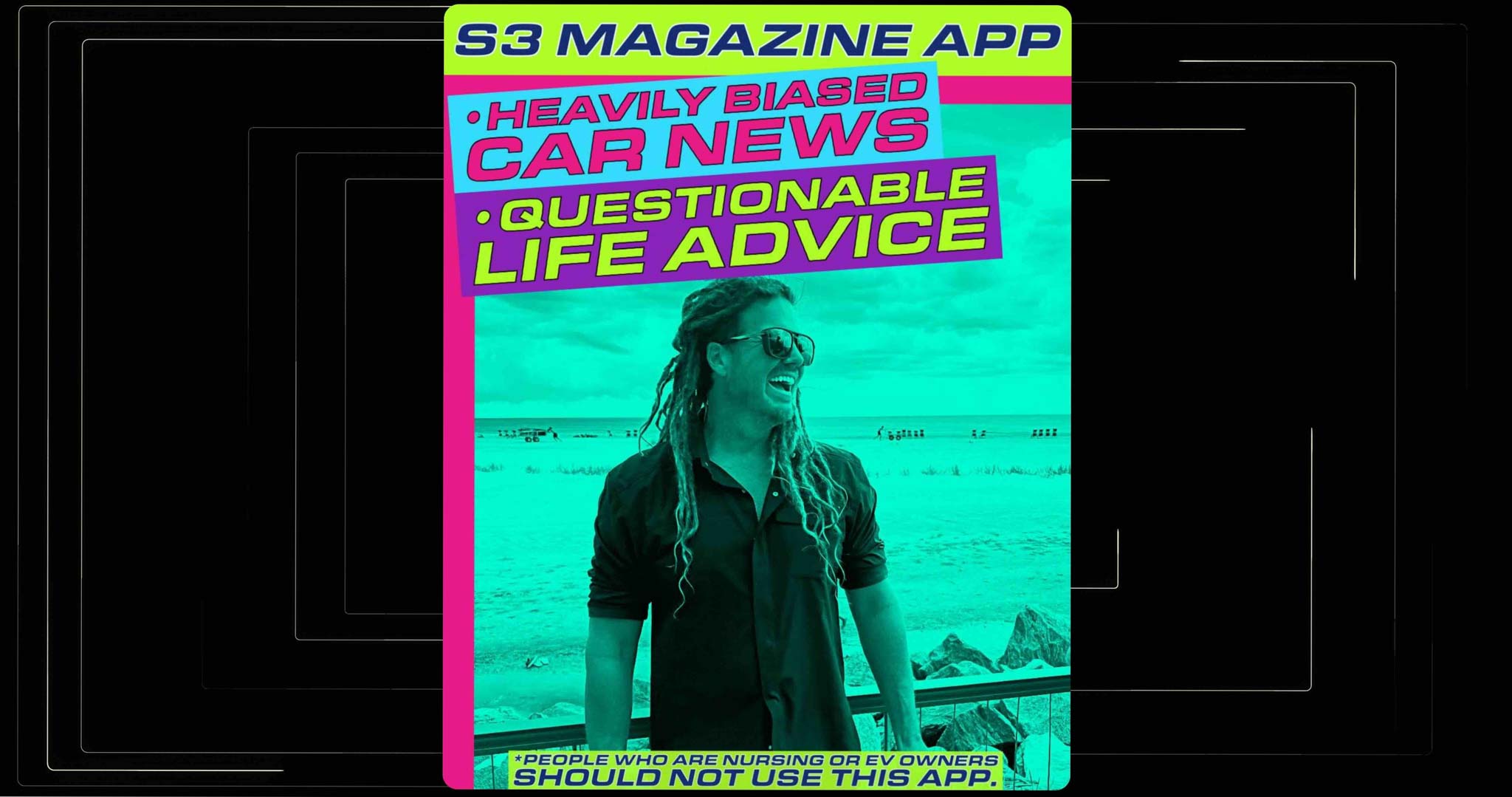It was 2003 – back when I had a full head of hair & my jeans were a lot baggier. Dad and I were doing what we did best—channel-surfing on an overly comfortable couch. We had just finished watching some car show on one of those Discovery-owned channels. Probably something about “extreme mechanics” who fix things by smacking them with a wrench. Out of boredom, we landed on BBC. Why? Because something called Top Gear popped-up as the show title and caught our attention.

And there they were…
Three hilariously mismatched Brits standing in front of what the world now knows as the “Cool Wall.” We were immediately addicted. My dad & I (raised on a steady diet of British humor) were primed for this kind of banter. But Top Gear was something else, it was…..different. That particular episode (Series 2, Episode 5) stayed with me. Not just because it was the first one we ever saw, but because of what happened next.
Jeremy Clarkson began talking about a Renault Clio hatchback…
With a V6 stuffed in the back. Not the most logical place for an engine, but hey, it’s French. It looked incredible at the time – Renault’s finest example of shoving an engine far too large into something it had no business being in. Clarkson, true to form, popped open the “bonnet” (because calling it a hood is apparently too pedestrian) only to reveal… not an engine, but a tray with a baby doll, just chilling like it belonged there. Then he opened the “boot” (eye roll), and thanks to the massive engine, there was room for exactly one fish. Naturally, my dad and I were in tears laughing.
But then Clarkson took the Clio for a spin. Or rather, the Clio took itself for a spin… given its complete disregard for balance or grip once you aggressively entered a corner. Tires squealing, smoke everywhere – Clarkson nails it with this line: “Just like the French – in a cloud of its own smoke, with its hands up.” And that was it…
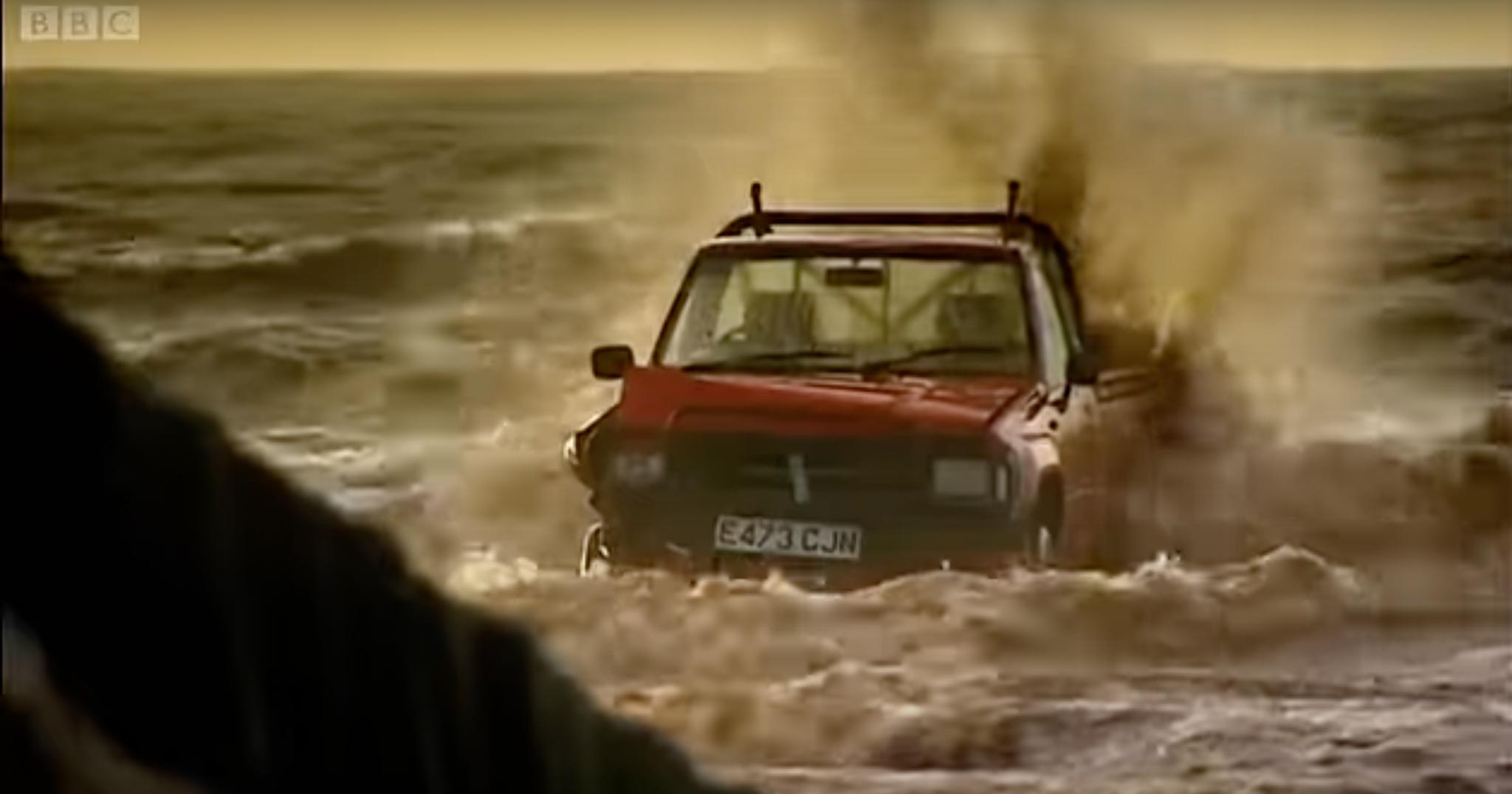
We were hooked on Top Gear…
The jokes, the cars, the audacity, the sheer chemistry between the hosts – this was a car show that didn’t just talk horsepower… it had soul & genuine authenticity.
What made Top Gear more than just another car show…
Was the chemistry between Jeremy Clarkson, Richard Hammond, and James May. Their dynamic wasn’t scripted (maybe loosely). But it was genuine, and that’s why it worked. Watching them felt like hanging out with your friends. There was no forced banter, no awkwardness. They ribbed each other, made fun of their own shortcomings, and somehow, despite being polar opposites, they meshed perfectly. The show was never just about cars; it was about their shared joy, frustration, and chaos. You didn’t even have to like cars to love Top Gear. What’s more…
You didn’t just watch Top Gear…
Rather, you experienced it… as if you were right there in the passenger seat. You laughed with them when they bickered, and groaned alongside them when something inevitably broke down.
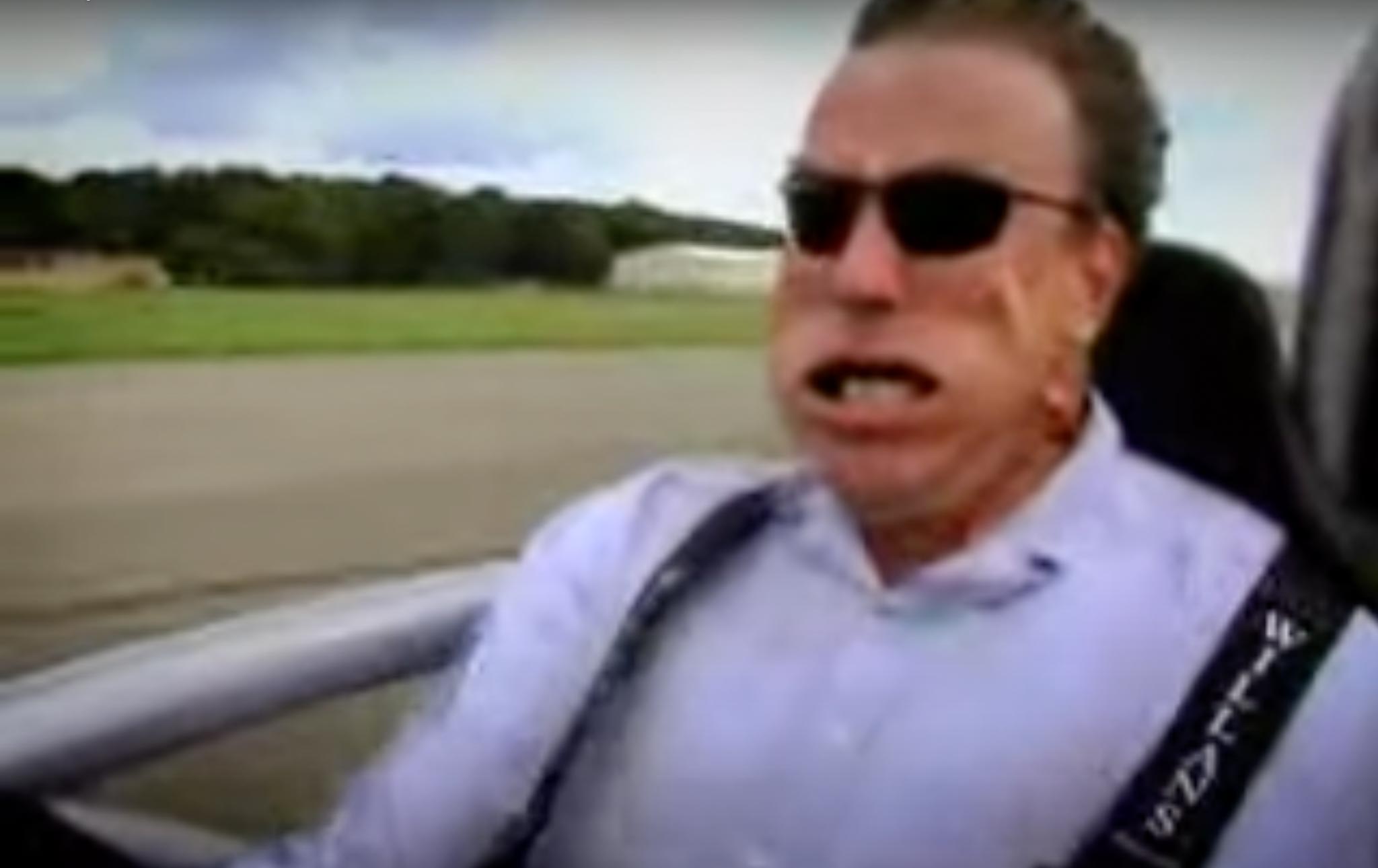
And let’s not forget the Top Gear controversies…
Over the years, the boys dealt with lawsuits, slander, hatred – you name it. It usually came from people with no sense of humor, and/or a stick lodged firmly up their backside. They’ve been accused of everything from promoting reckless driving to offending entire nations. Car companies even refused to lend them vehicles because of a few choice words. Imagine being so influential, that your off-the-cuff remarks could sink a company. It was speculated that Clarkson’s comments – both spoken on the show & written in his column – played a part in the downfall of MG Rover. Now, let’s be honest, the company had bigger problems, but the fact that Clarkson’s voice was considered a potential nail in the coffin… speaks to the immense power the trio had.
From the infamous “Argentina incident”…
Which almost got them lynched (over a license plate, no less). All the way to Clarkson’s eventual “fracas” that led to his departure from the BBC. These 3 navigated a minefield of controversies with the same disregard for political correctness & humor that made them so beloved. And through it all, the chemistry never wavered. Despite being lambasted in the media, they remained authentic… never toning-down their antics or their personalities for the sake of political correctness. The result? They became untouchable. Even when the world seemed to be against them, they thrived. They knew who their people really were.
When the infamous “fracas” led to Jeremy Clarkson being booted from Top Gear, it wasn’t just the trio that was affected. Fans took to the streets, and they didn’t go quietly. Protests broke out, petitions circled, and at one point, a man dressed as The Stig stood triumphantly atop a rented tank, barreling through London with a tote full of signatures demanding Clarkson’s reinstatement. It was a scene straight out of a movie – except it wasn’t fiction. Fans felt robbed of a show that became so much more than just a car review program. To them, it was like losing a friend. And it wasn’t just the fans who revolted.
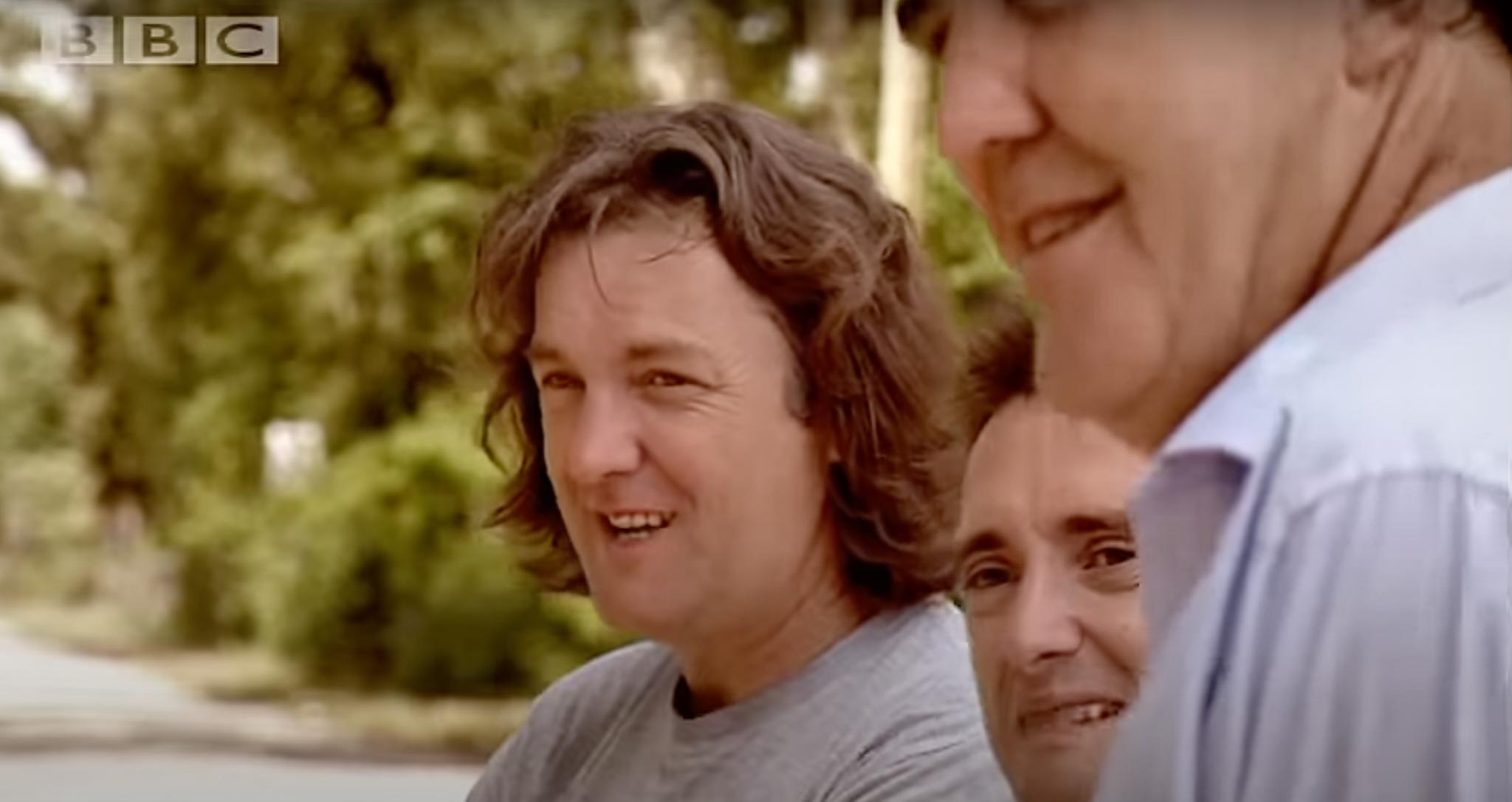
Clarkson’s co-hosts, James May and Richard Hammond…
Made their loyalty crystal clear. They weren’t just co-workers… they were friends. Shortly after Clarkson’s departure, both James and Richard followed suit, proving that their bond was more important than the show itself. But they weren’t the only ones, the vast majority of the production staff also packed their bags and left with the trio, leaving the BBC scrambling to pick up the pieces.
The BBC suffered immensely…
While they tried to keep Top Gear alive with new hosts, it was never the same. Viewership plummeted as fans rejected the new format, proving that it wasn’t just about the cars or the stunts – it was about the chemistry and camaraderie between Clarkson, Hammond, and May. The BBC underestimated the emotional connection & relatability the trio had built with their audience. A show that did Super Bowl numbers on a regular basis.
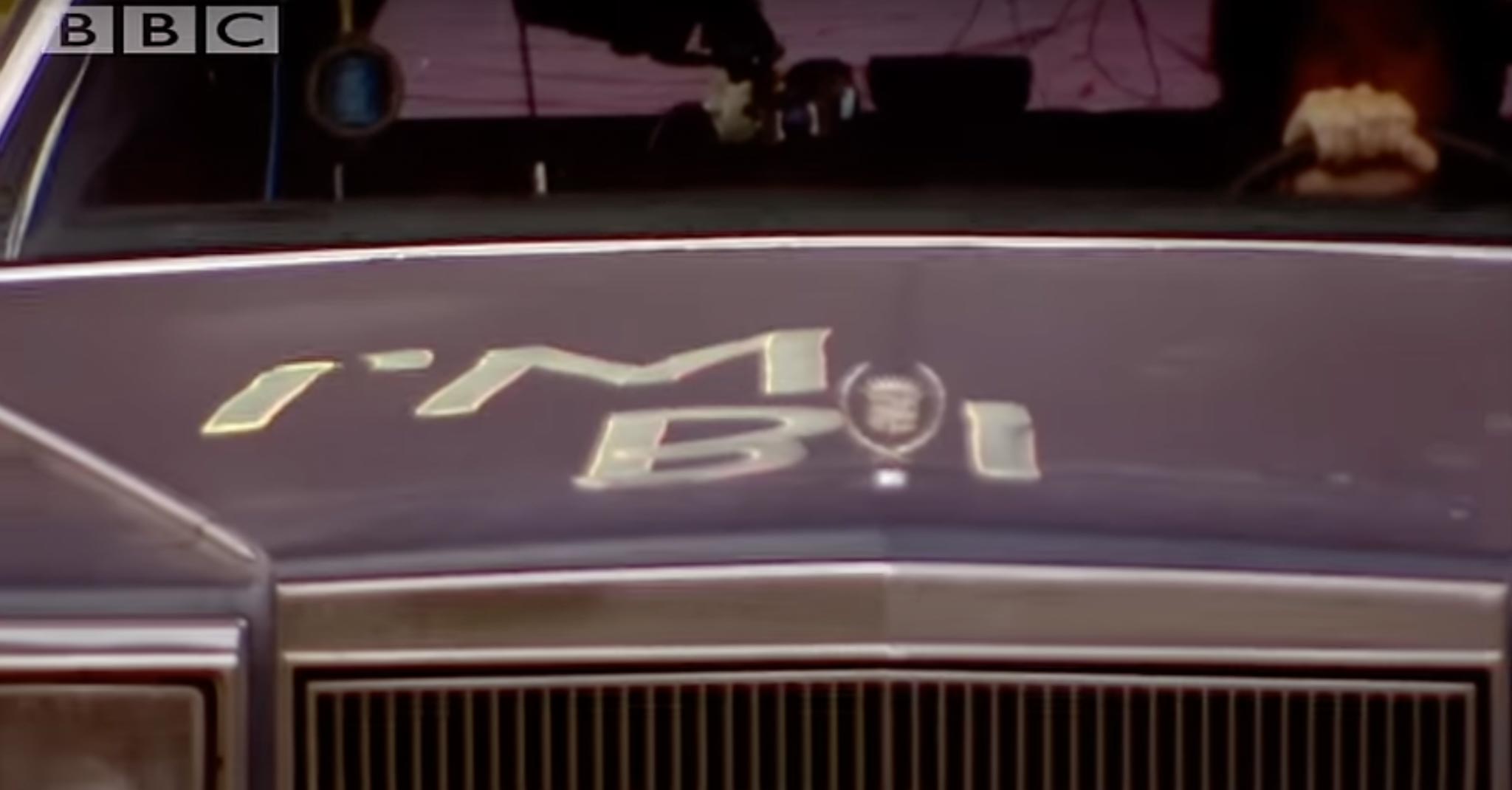

In the end, it was the fans who had the last laugh…
Clarkson, May, and Hammond regrouped, landing on Amazon with The Grand Tour. While the show had a new name, it recaptured most of the magic that made Top Gear iconic. But what struck me as odd was the BBC’s lingering influence over what the new show could and couldn’t do, despite not owning it. They couldn’t have The Stig, or anything remotely like him, so we were stuck with “The American,” a race car driver who, quite frankly, I couldn’t wait to see leave. His forced, cringeworthy banter was a far cry from what we’d come to love.
Then there was the ban on celebrity interviews…
Which led to the birth of Celebrity Brain Crash. In classic Grand Tour style, they turned this restriction into something brilliantly absurd. Every week, a celebrity would “arrive” only to meet a hilariously untimely demise before even stepping into the tent – cue James May’s deadpan delivery: “So they’re not coming on, then?” It was ridiculous, it was funny, and it was exactly the kind of humor that kept fans coming back, even when rules tried to stand in the way. However, one thing the BBC couldn’t stop was the specials.
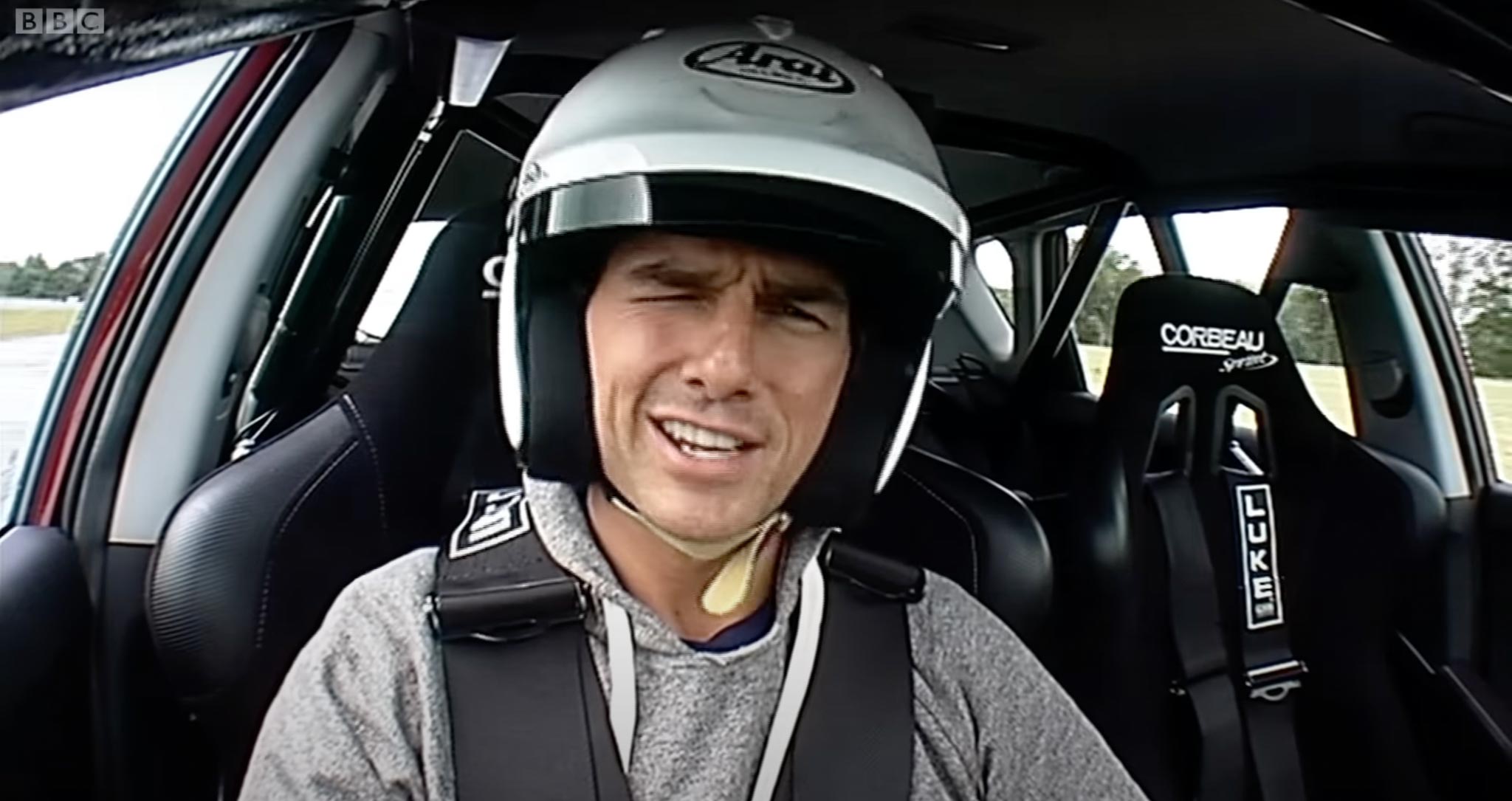

And glorious specials they were…
In 2007, we watched the trio embark on one of their most memorable adventures to Kuru Island in Botswana. That episode was packed with all the challenges, chaos, and laughter we’d come to expect. But what really stuck with fans was the little 1963 Opel Kadett that Richard Hammond fell in love with during the journey. It was affectionately named “Oliver.” And by the end of the special, it wasn’t just Hammond’s car – it felt like a family member to all of us. To this day, Hammond still keeps Oliver as a treasured part of his collection.
James May showed up with a 1985 Mercedes 230E…
Reliable as ever. While Clarkson, never one to choose practicality, opted for a 1981 Lancia Beta Coupé. Watching the trio drive these cars into the dirt, both literally and figuratively, was peak Top Gear madness. We saw them battle unforgiving landscapes, each other, and their own questionable choices in vehicles… all for the sake of adventure.
But the emotional kicker came years later in their final The Grand Tour special…
When James and Jeremy were unexpectedly reunited with those same cars. In a truly heartwarming moment, these beat-up, dusty vehicles, which had survived so much chaos, were brought back into the spotlight. That’s when it truly began to sink in for me. Watching the expressions on their faces as the episode inched closer to the end… it hit me. The trio had already announced they would never work together on TV again. They had dissolved their media company. This was it – the last time we’d see them together in a combined car show. The realization was heavy. And honestly, I wasn’t ready for it. After years of laughter, ridiculous stunts, and unforgettable adventures, it felt like saying goodbye to something much bigger than just a show. It is the end of an era, and like many fans, there’s nothing to properly prepare you for that.
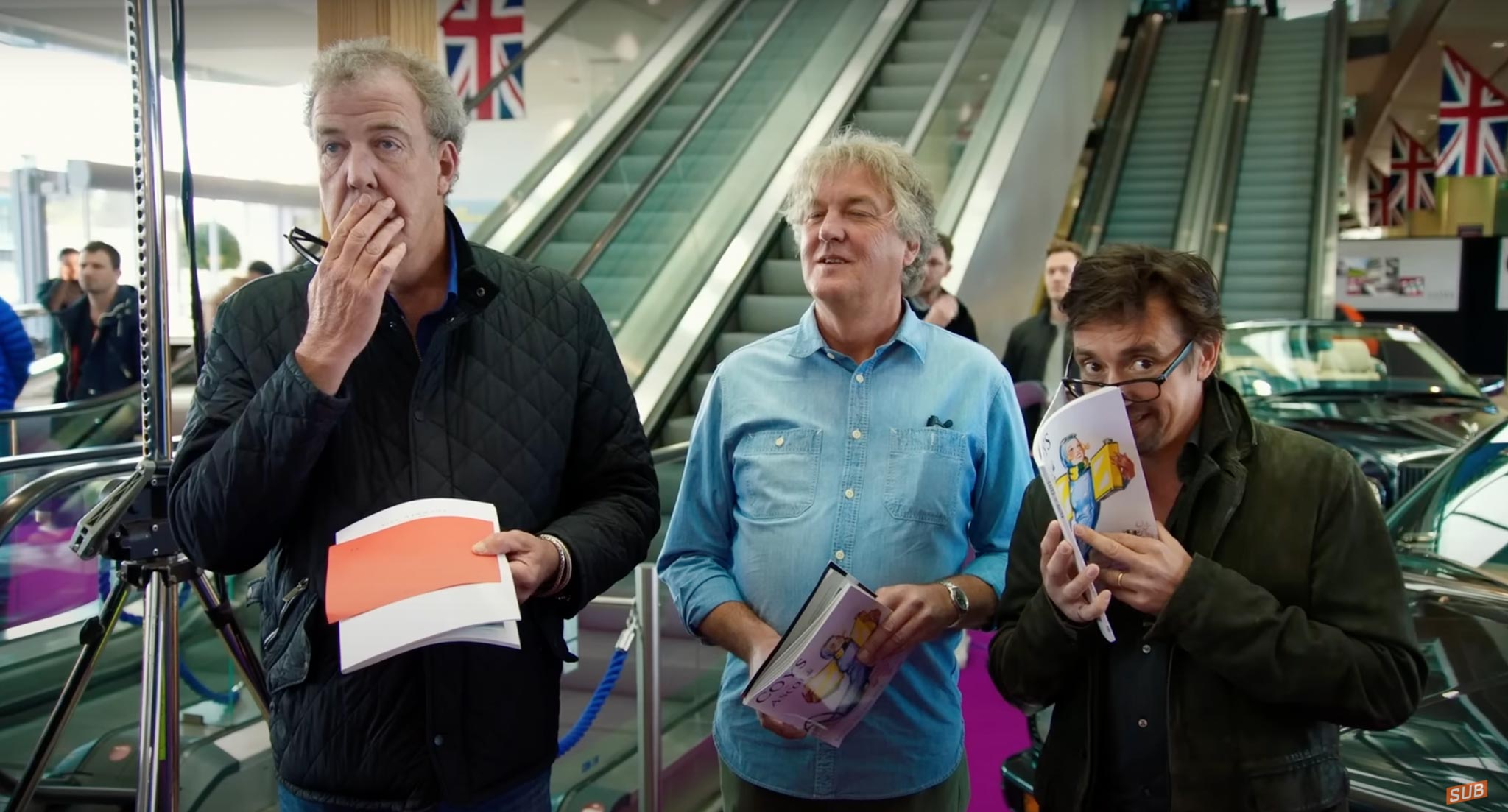
Top Gear / The Grand Tour…
Was a show that shaped so many people’s passion for cars. A show that brought attention to roads both good & treacherous, and the perils that lay across the world. It went places where cameras, and organizations like the BBC, would usually never be permitted. It was a show that could build bridges between nations just as quickly as it could tear them down. And no matter how hard the BBC or the producers of every “Top Gear: Insert Country Here” tried, the show could never be separated from the trio. It couldn’t be duplicated, because it wasn’t just about the script or the staff – it was about those 3 bickering, babbling, infantile British pillocks we all loved… no matter what the title was.

After 22 unforgettable years…
It’s come to an end. An end we all knew was coming, but one we hoped would hold off just a bit longer. So, hats off to Jeremy Clarkson, Richard Hammond, and James May. And the laughter, the joy, the sheer hilarity, and the heartfelt moments they shared with us through our mutual love of cars. We’ll miss them, but they’ve left us with memories that will last a lifetime.


